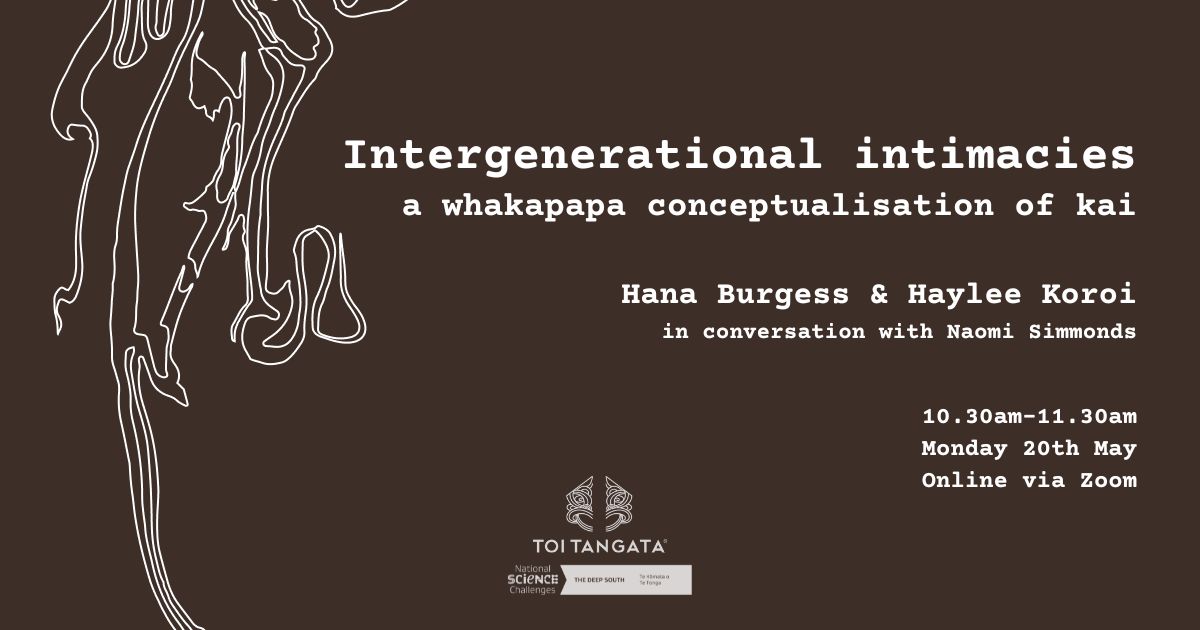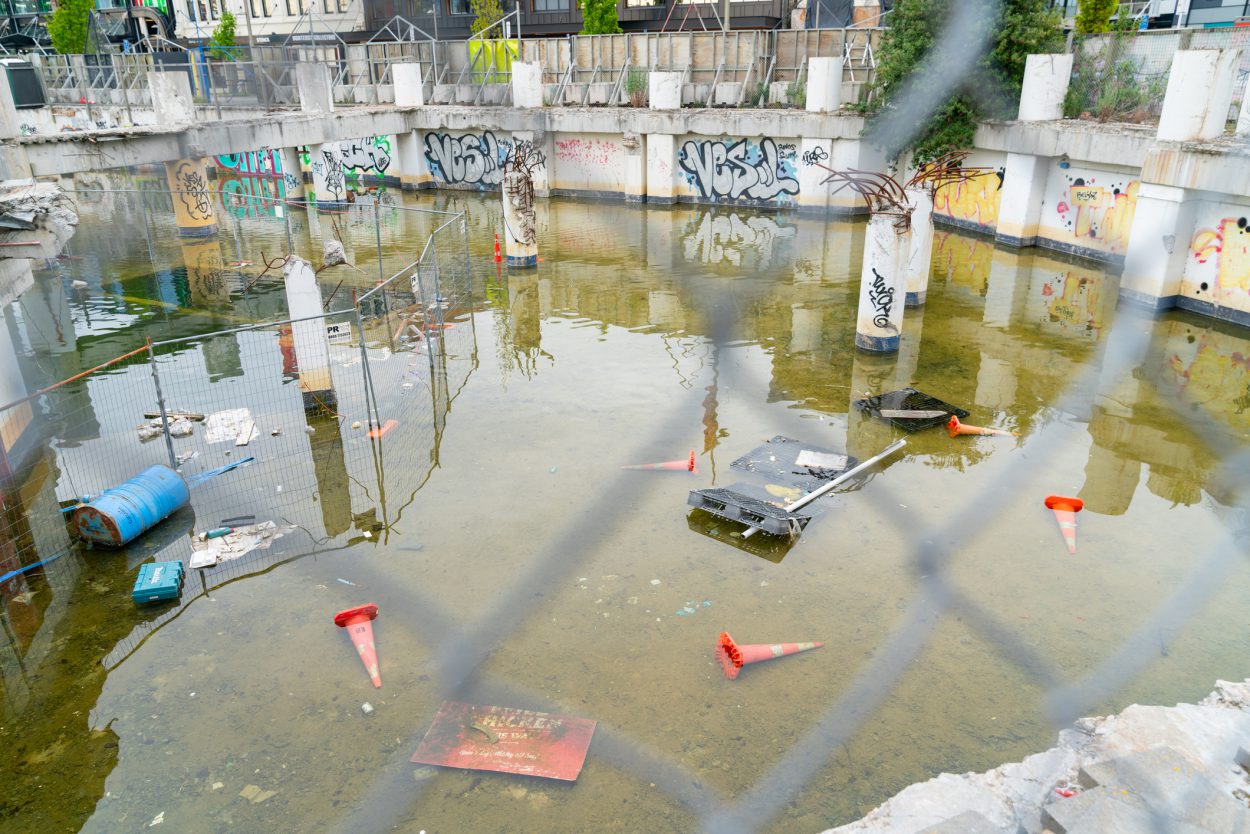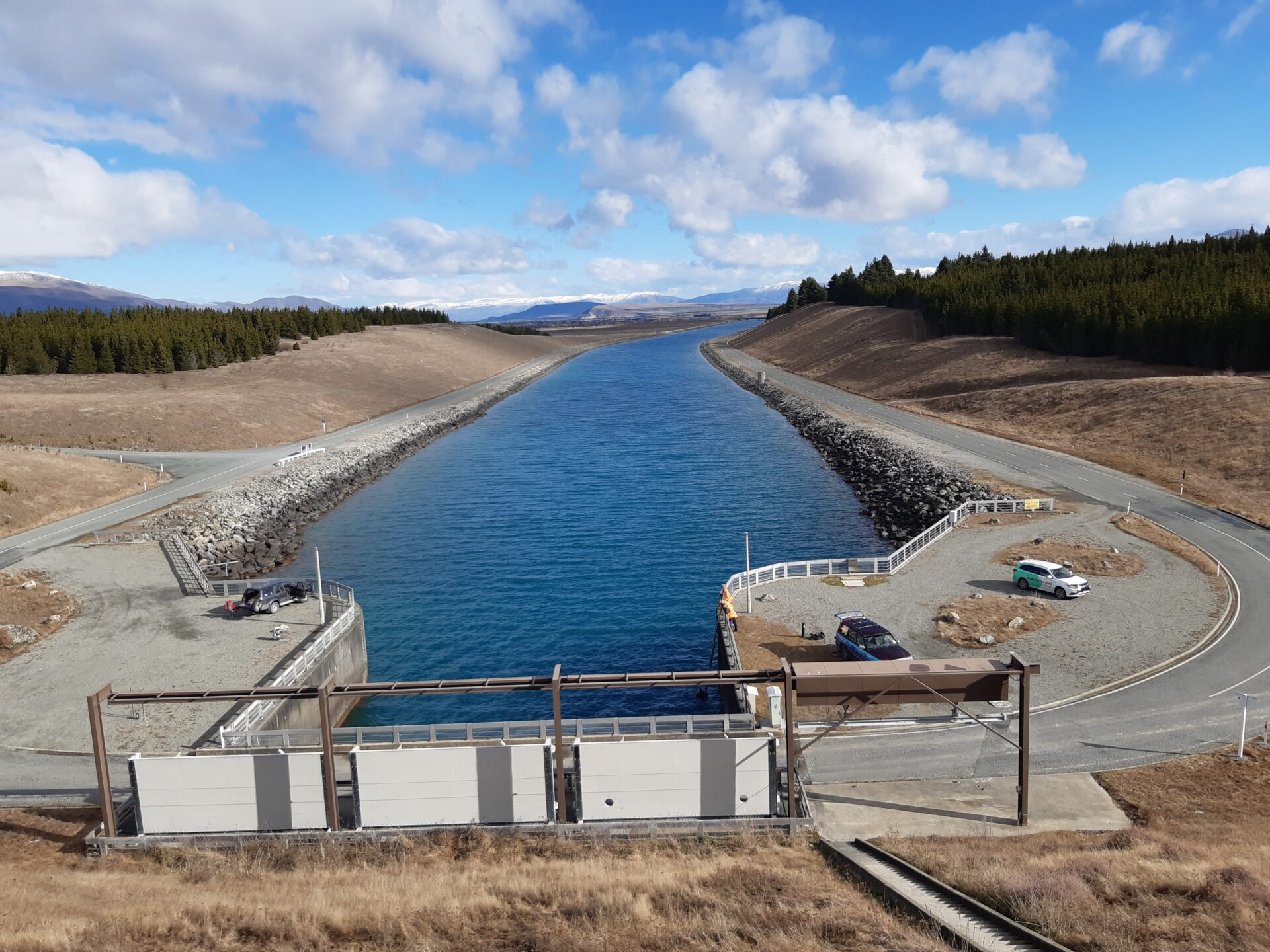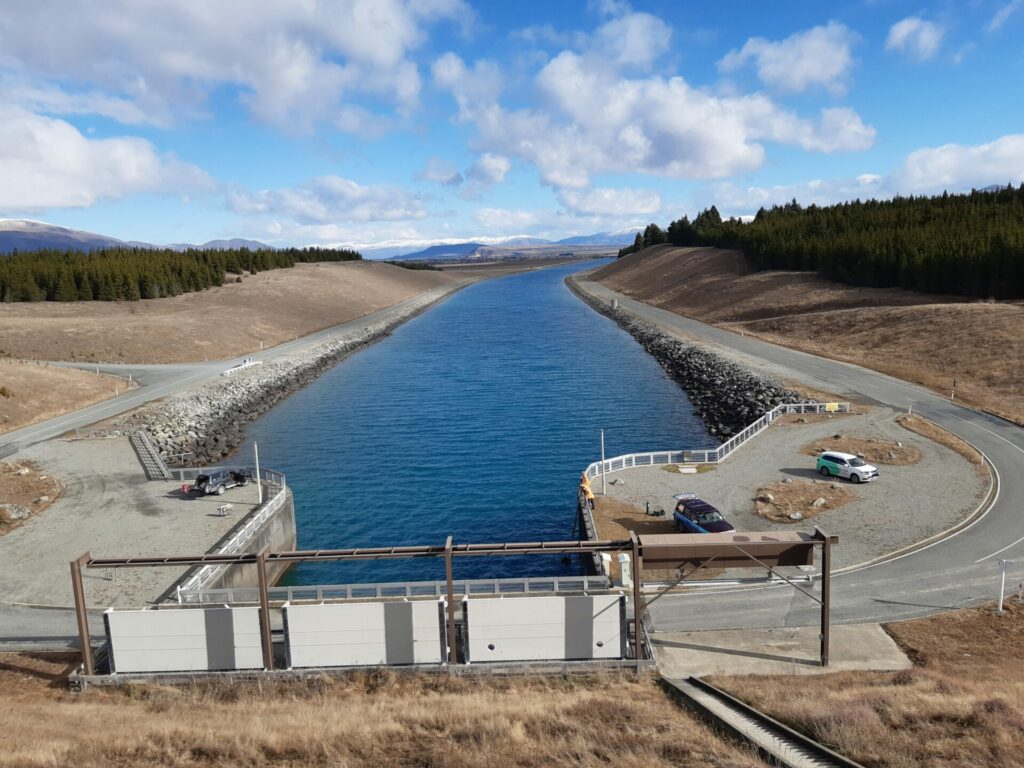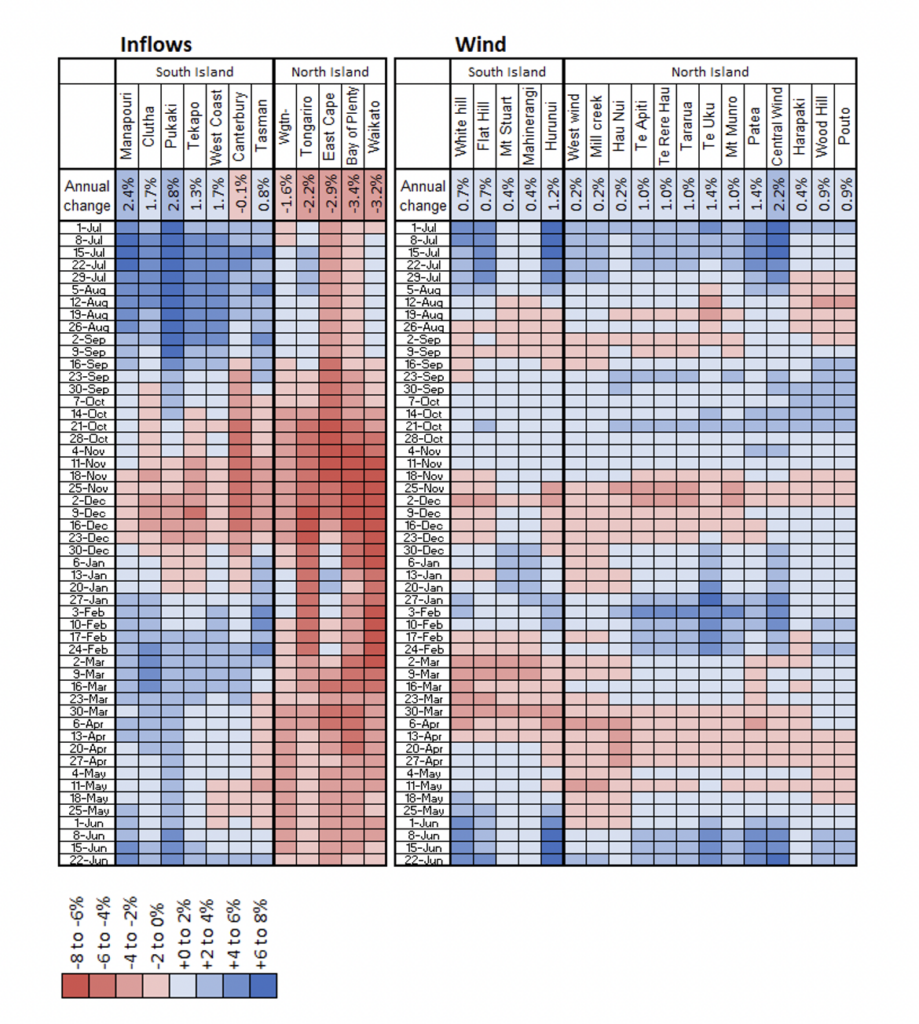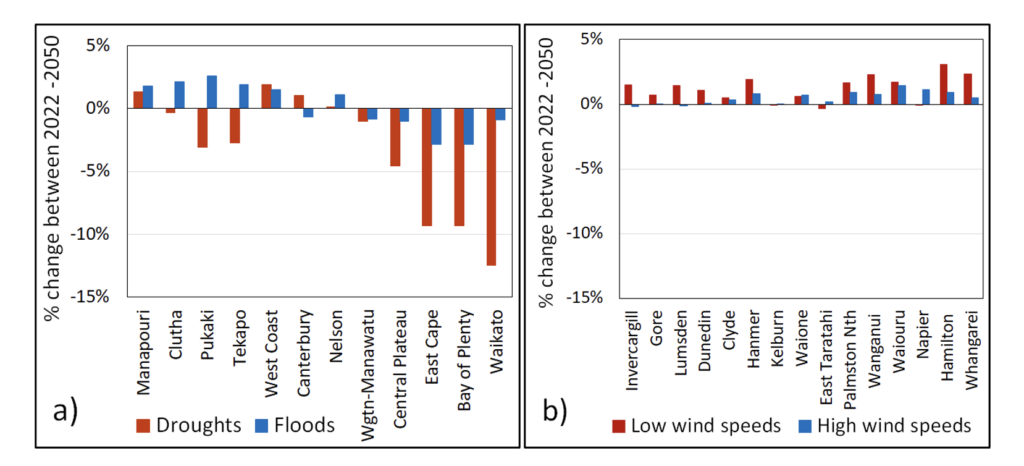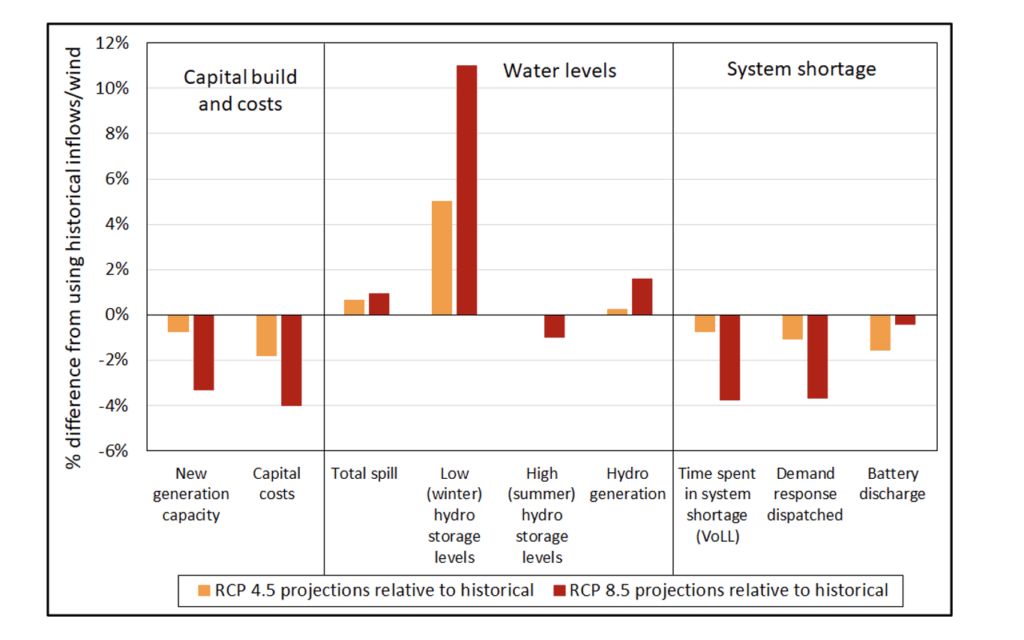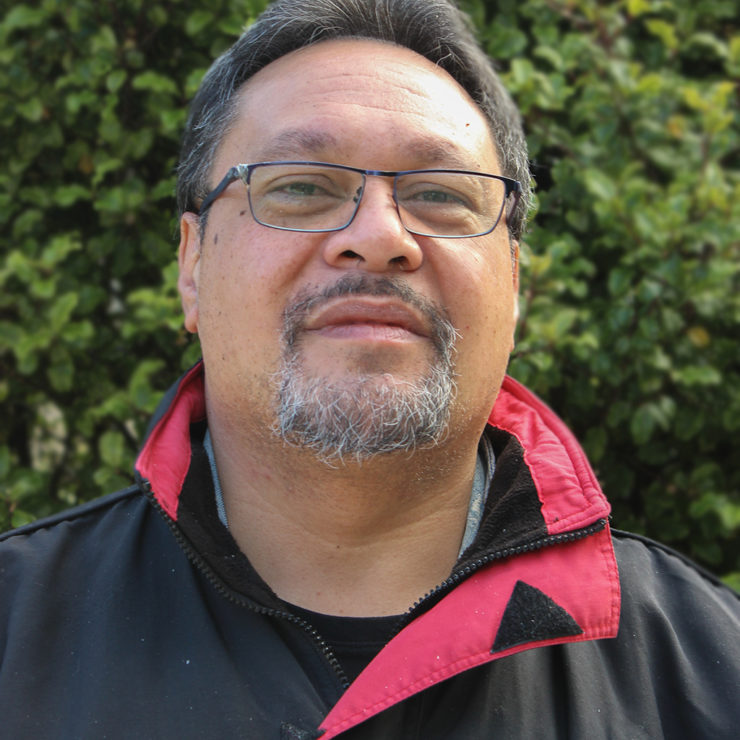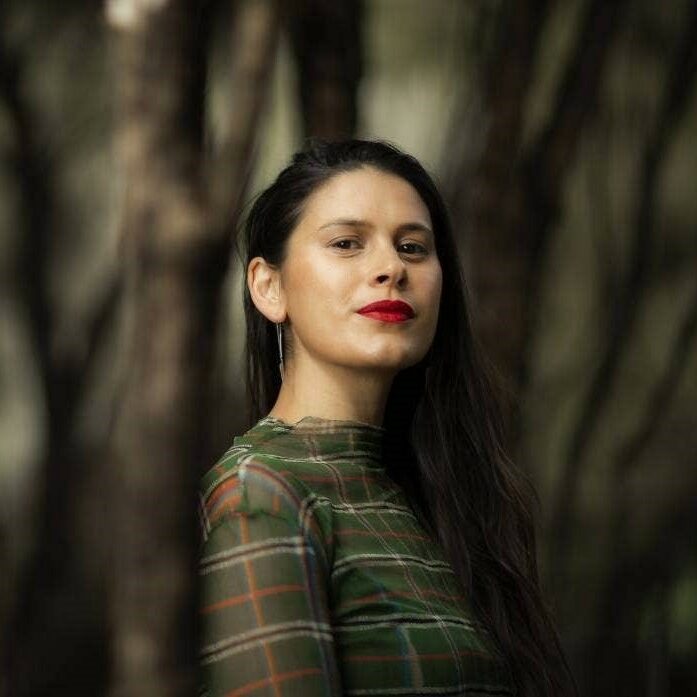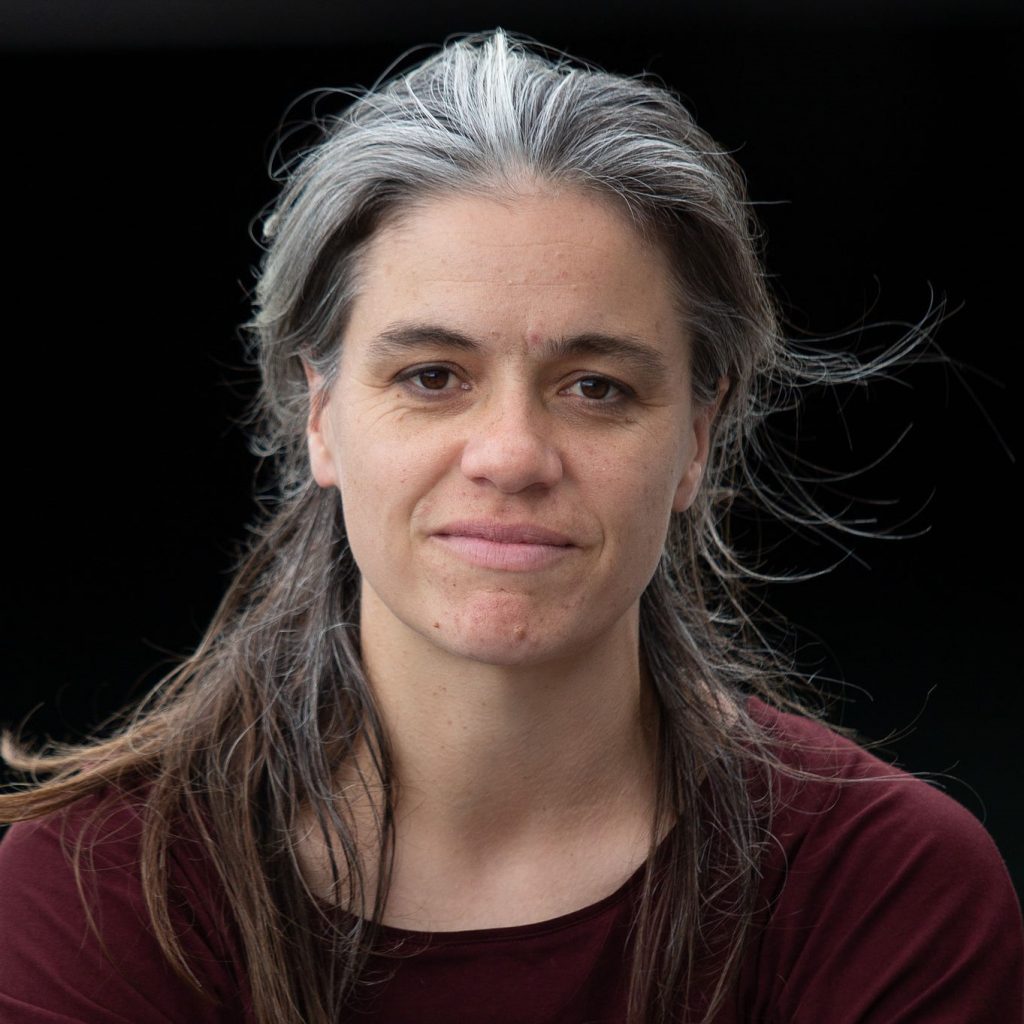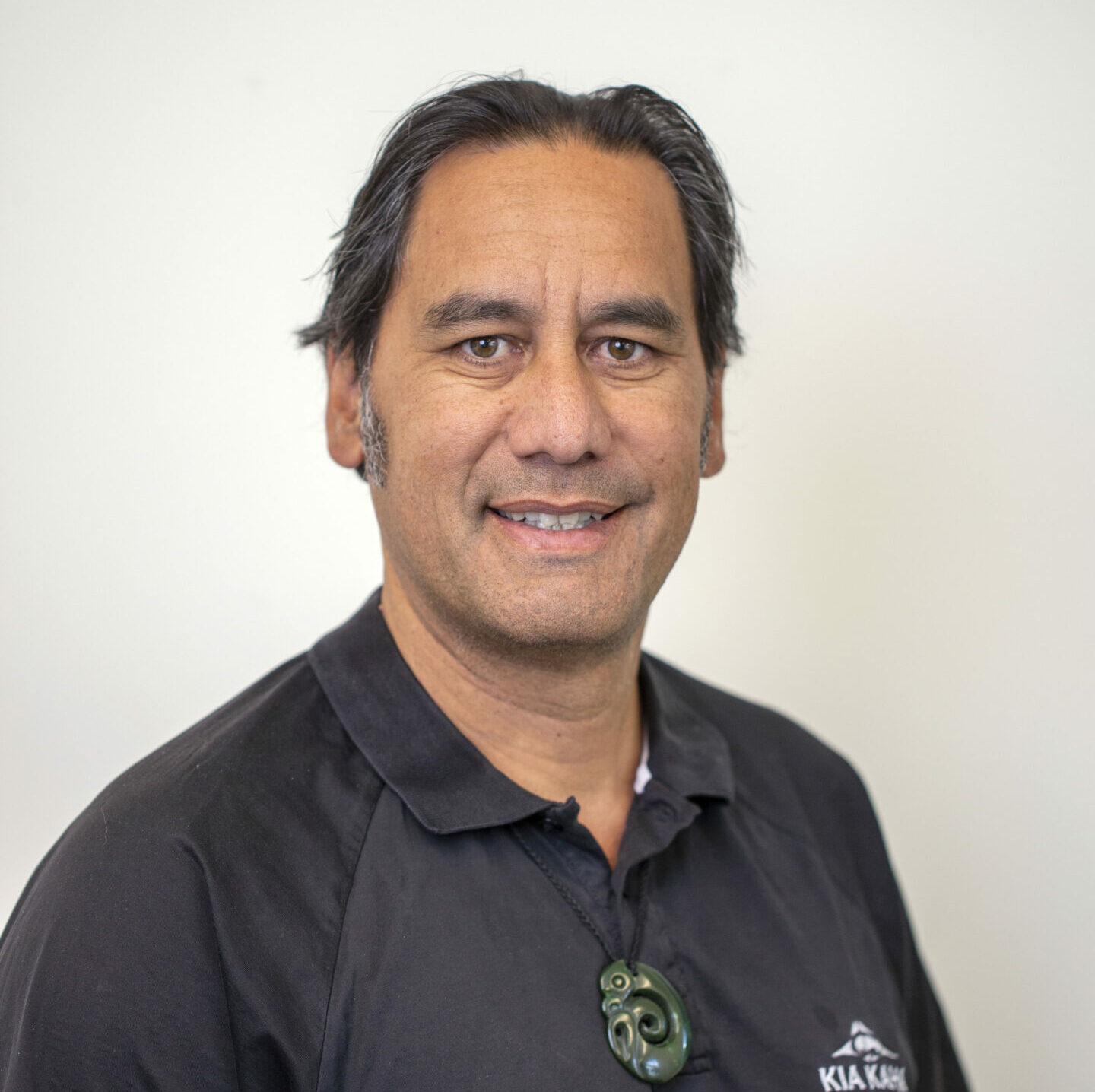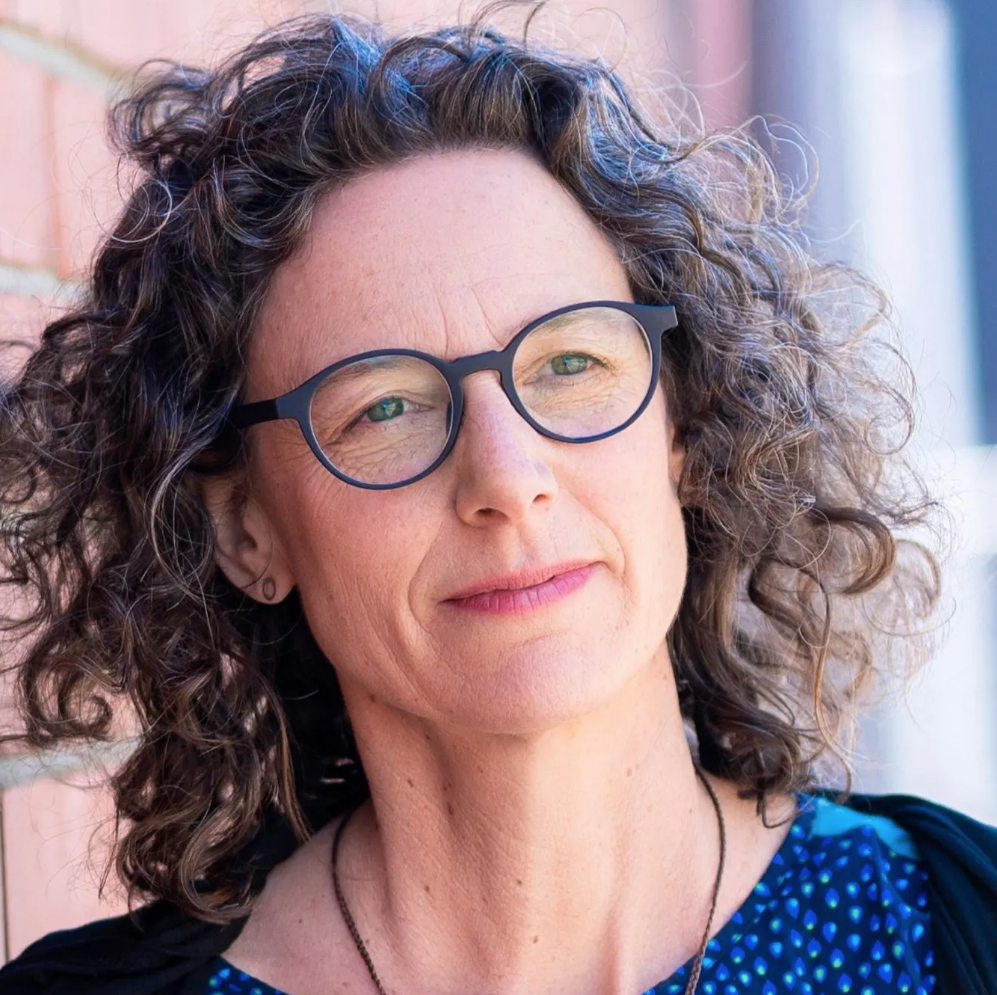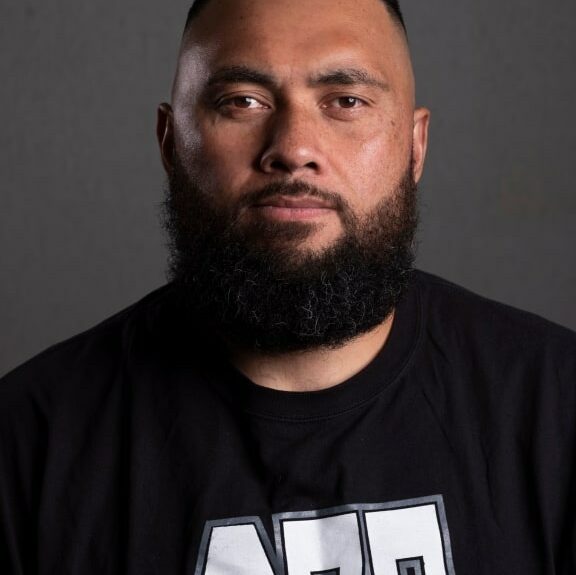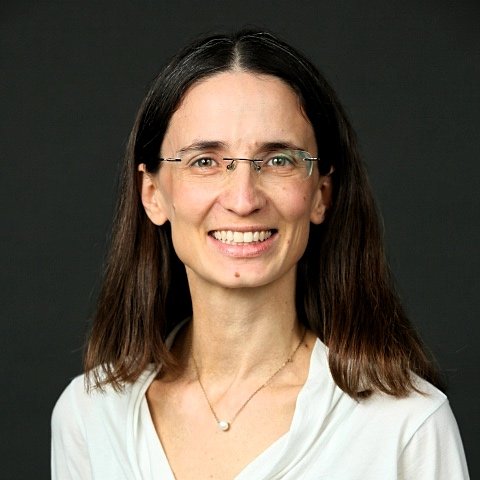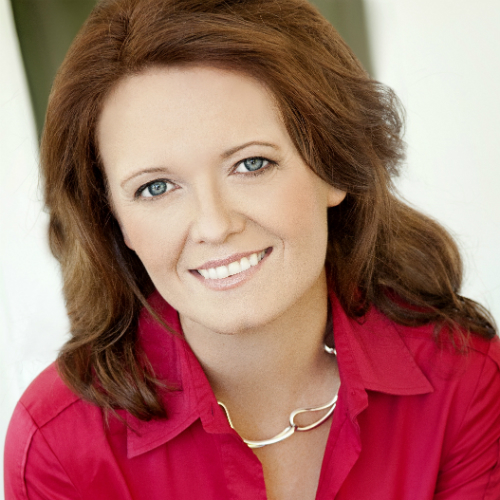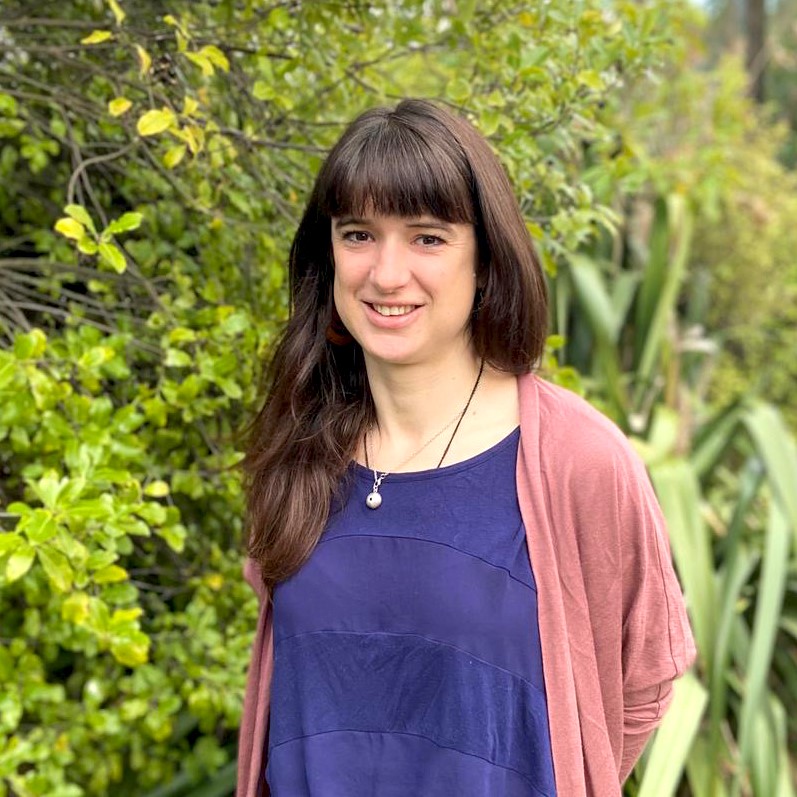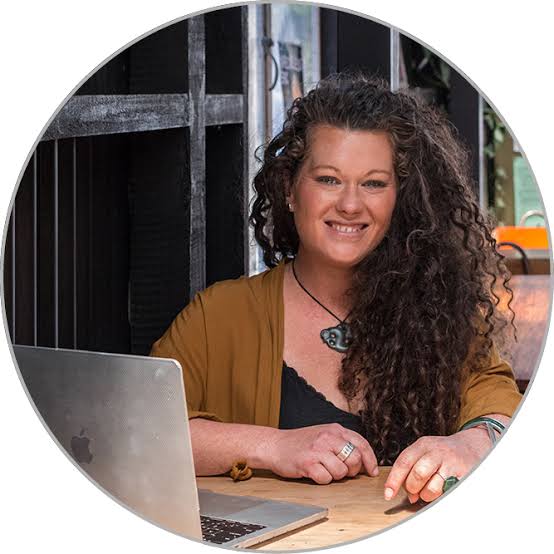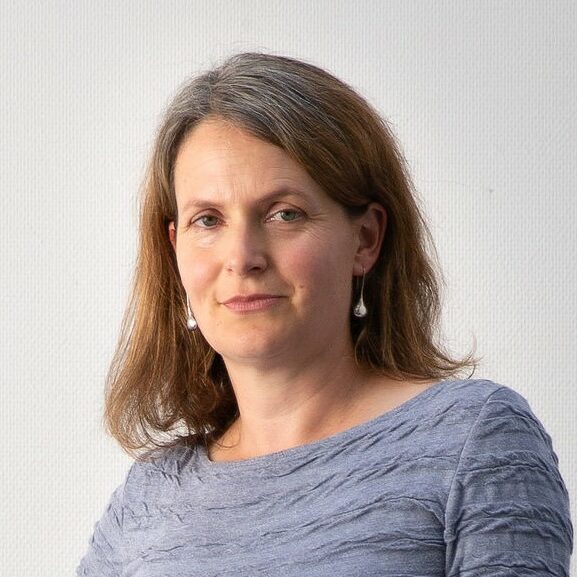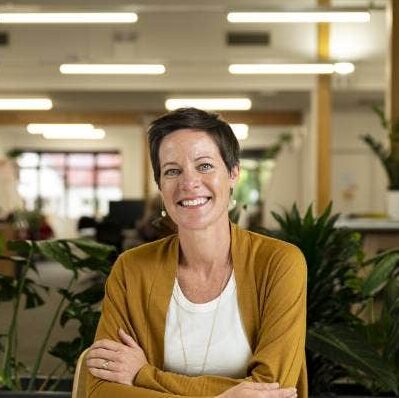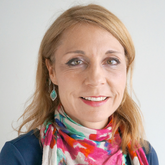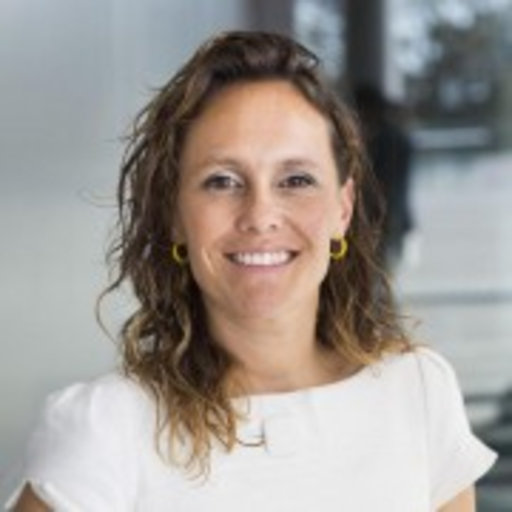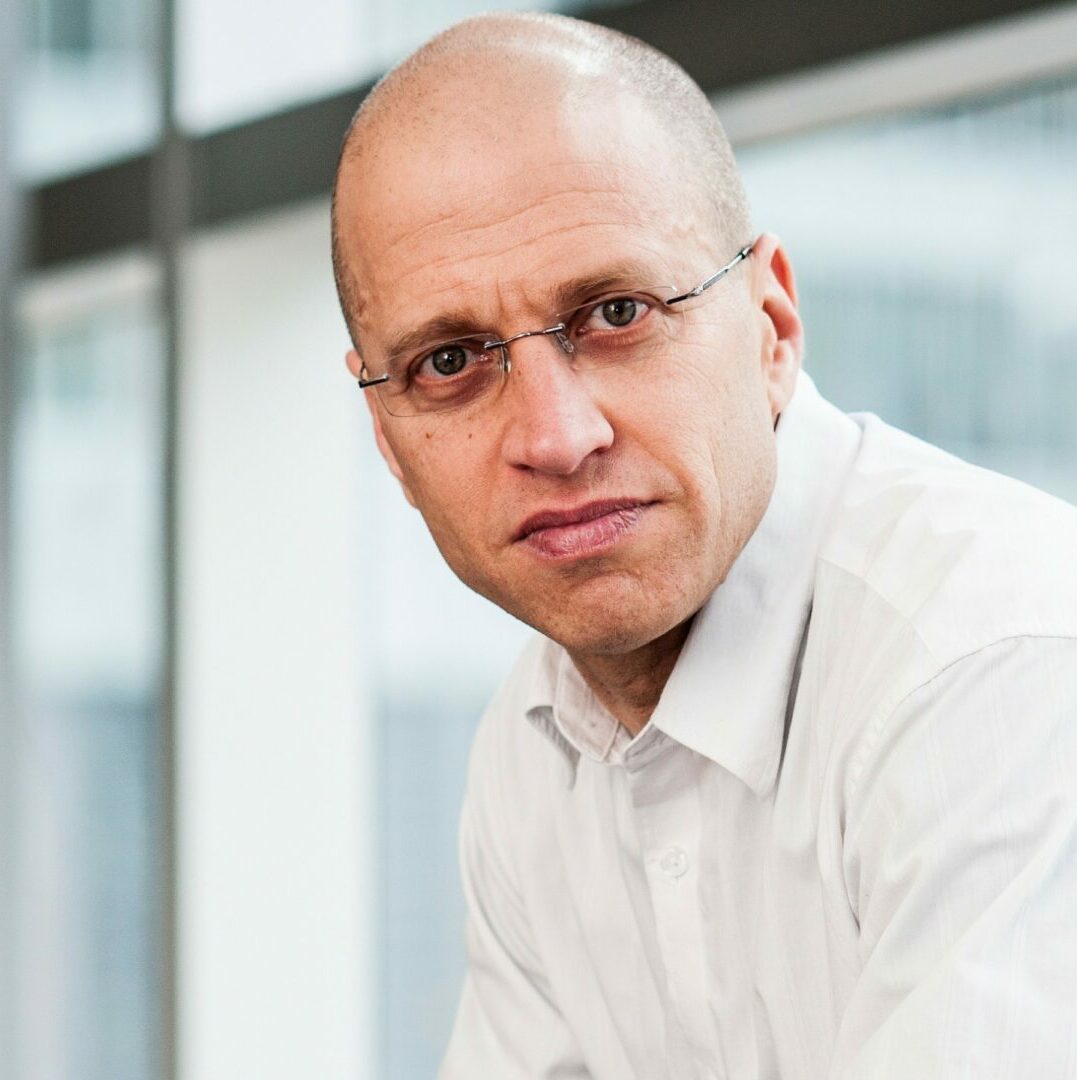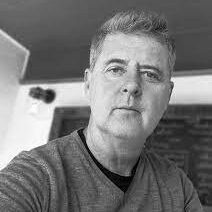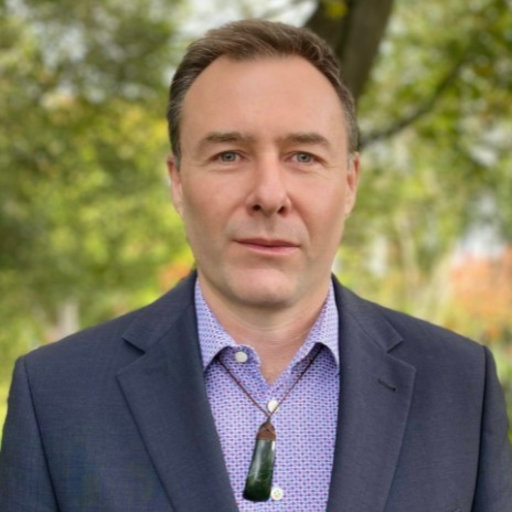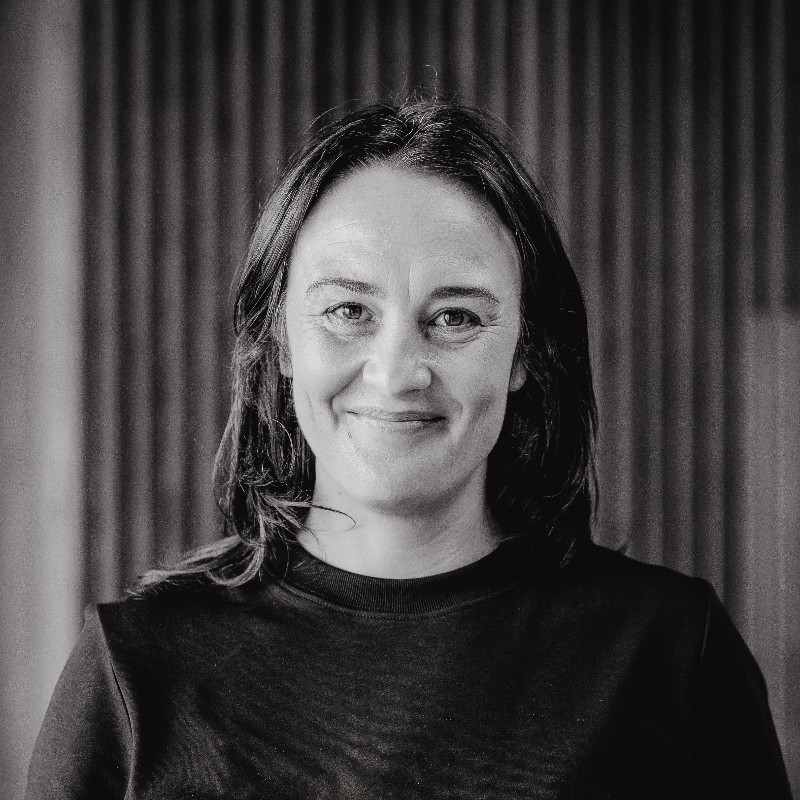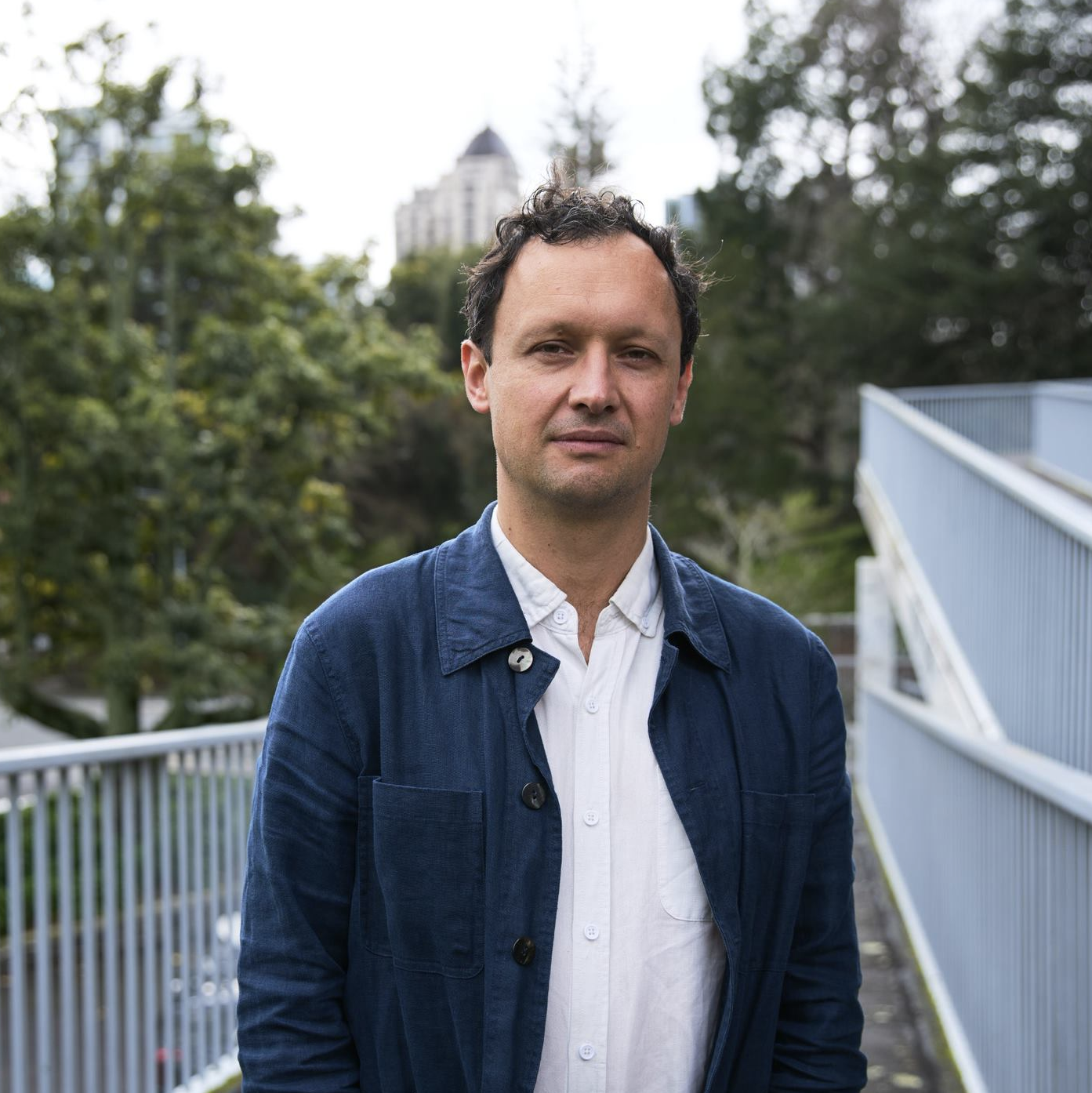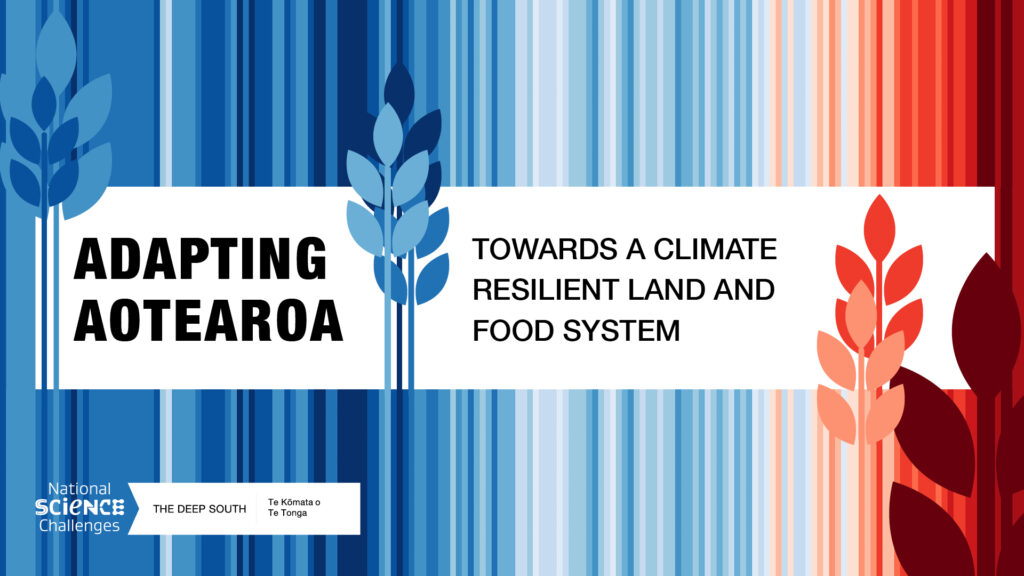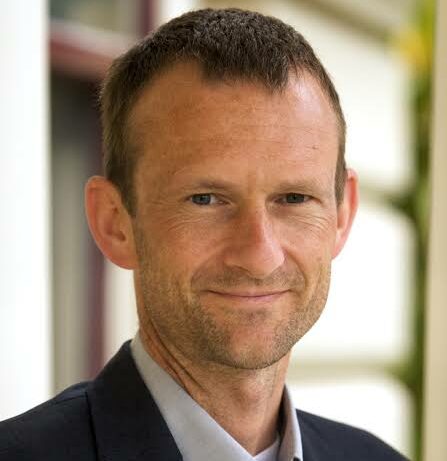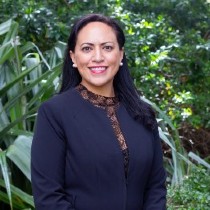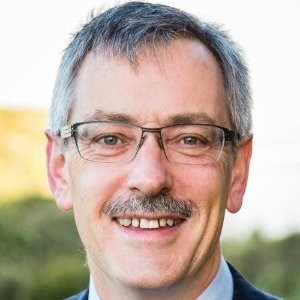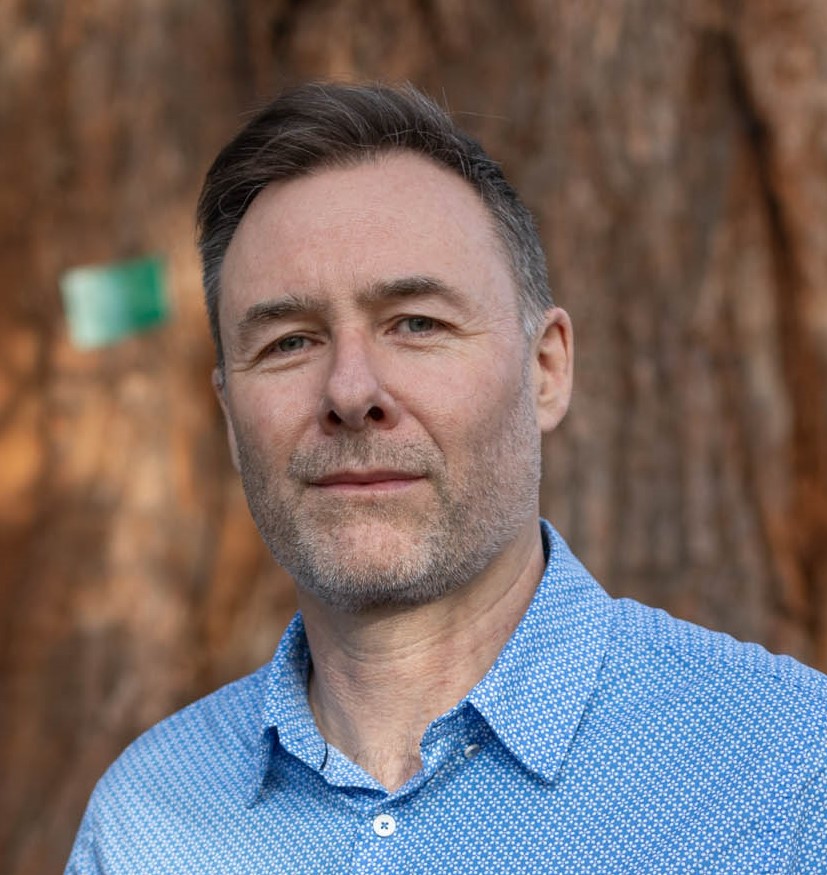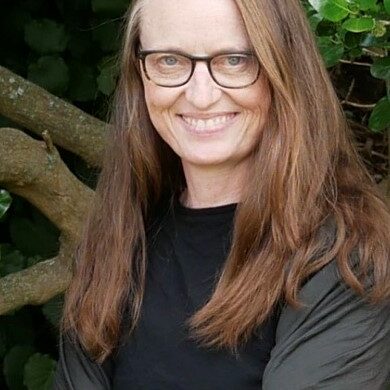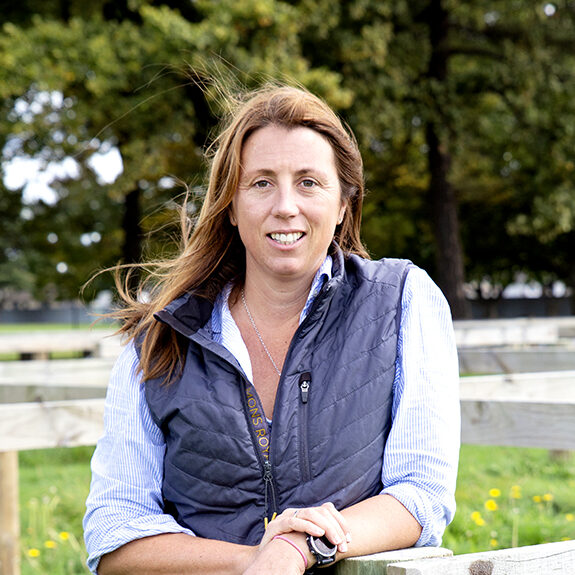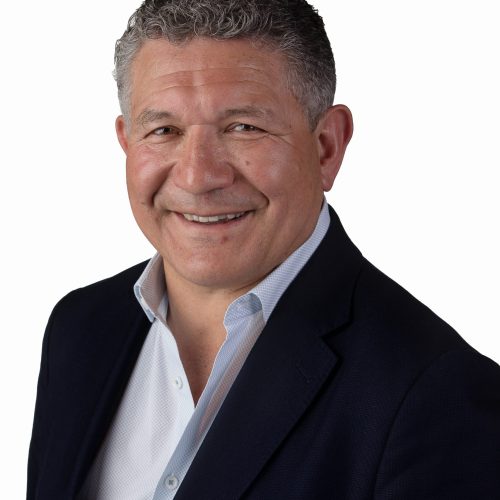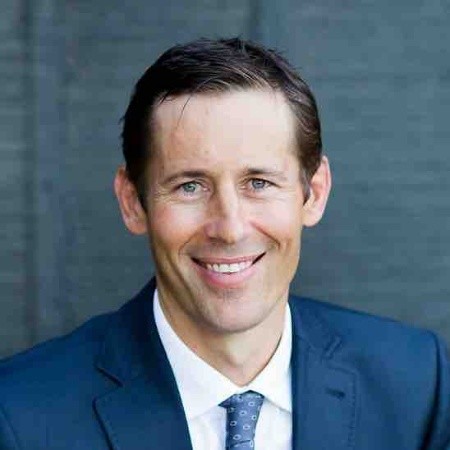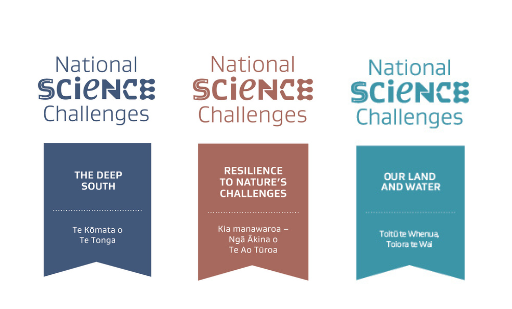“Modelling clouds, aerosols and atmospheric chemistry” – project summary by Laura Revell
Earth system models are computational representations of the physical, chemical and biogeochemical processes that occur on Earth. Spanning the global atmosphere, ocean, land surface and sea ice, Earth system models allow us to develop the best possible picture of how physical climate change could play out and affect us here in Aotearoa New Zealand.
The establishment of an Earth system modelling community has been a great success of the DSC. Developing this community took time because Earth system models are highly complex. These are not tools that even a trained scientist can pick up and use right away. Learning how to run them – and better still, improve them – takes equal amounts of skill and time and about ten times as much patience.
Fully maintaining an Earth system model involves large teams of scientists and scientific programmers. Through the DSC we established a partnership with the UK Met Office, who have a world-leading model. In return, we’ve provided improvements to the model targeted over the Southern Ocean. This region of the world is important for determining New Zealand’s climate and weather extremes. However, because it is so remote – especially relative to the major climate modelling centres which are based in the Northern Hemisphere – it is poorly understood, leading to poor-quality simulations of the atmosphere and ocean.
New Zealand’s unique atmosphere
New Zealand’s air and surrounding atmosphere is unique. It is largely free of human-created sources of air pollution seen in many other countries: of 134 countries ranked by air quality in 2023, New Zealand came in at 129 (this is a list we want to be near the bottom of!). However, New Zealand’s air is heavily influenced by the ocean. Breaking waves provide a near-constant source of particulates or “aerosols” to the atmosphere. Smaller than the width of a human hair, aerosols can be transported by winds over large distances. Aerosols originating from the ocean are measured in air throughout New Zealand.
Although they are small, aerosols play an important role in climate change. Like miniature “disco balls”, they scatter sunlight back to space. They also seed cloud formation. Clouds play an important role in the climate system: some cool the surface, while others trap heat in the lower atmosphere. The type of cloud formed is partly influenced by the local aerosol environment. We know for example that clouds over the Southern Ocean are influenced by sulfate aerosol and marine organics. These compounds originate from the surface layer of the ocean, which teems with microscopic life. Gases and particulates emitted from the surface layer can have important consequences for atmospheric composition and climate. Earth system models typically struggle to represent ocean-aerosol relationships accurately over the Southern Ocean, which could explain why the models struggle to represent clouds accurately here too.
A better Earth system model for New Zealand
Through the DSC we’ve worked with the observations team who made cloud and aerosol measurements on the Southern Ocean onboard the RV Tangaroa to understand the atmospheric processes occurring in our backyard and how we should represent them in our Earth system model. We’ve improved how we model aerosol precursors at the ocean surface, emissions of sea spray aerosol from breaking waves, cloud formation and atmospheric chemistry. Through related projects we’ve even leveraged our expertise in Earth system modelling to understand how emerging contaminants such as microplastics aloft in the atmosphere could affect Earth’s climate.
Thanks to our research we can produce more accurate climate change projections for New Zealand and surrounds. We’ve passed on model developments to our partners at the UK Met Office to include in future releases of the Earth system model, which, along with the UK and New Zealand, is used in Australia, South Korea, India and several other countries. In doing so, we’ve also lined up the next generation of Earth system modellers in New Zealand. Collaborations in cloud and aerosol modelling between NIWA and the University of Canterbury have supported the training of young scientists at undergraduate, postgraduate and postdoctoral level. As a community we are well placed to support the need for climate change information in a warming world.
Climate change is happening. The future of Earth system modelling in New Zealand is uncertain.
With the National Science Challenges ending, many New Zealand research communities are struggling to find continuity. With recent refocussing of research priorities at NIWA, much of the country’s expertise in Earth system modelling now sits within the universities, and we are considering how to retain capability long-term in a post-DSC world. Continuing our partnership with the Met Office will maintain access to state-of-the-art Earth system modelling capability. Funding wise, joining international consortia, such as via New Zealand’s recent agreement with Horizon Europe, may be a sensible way forward. Bi- and multi-lateral arrangements also have precedents and could be explored. Ultimately, the scale of 21st century challenges associated with climate change and novel airborne pollutants means it is firmly in the national interest to ensure that modelling capability in New Zealand remains as robust as the climate challenges the model predicts.
